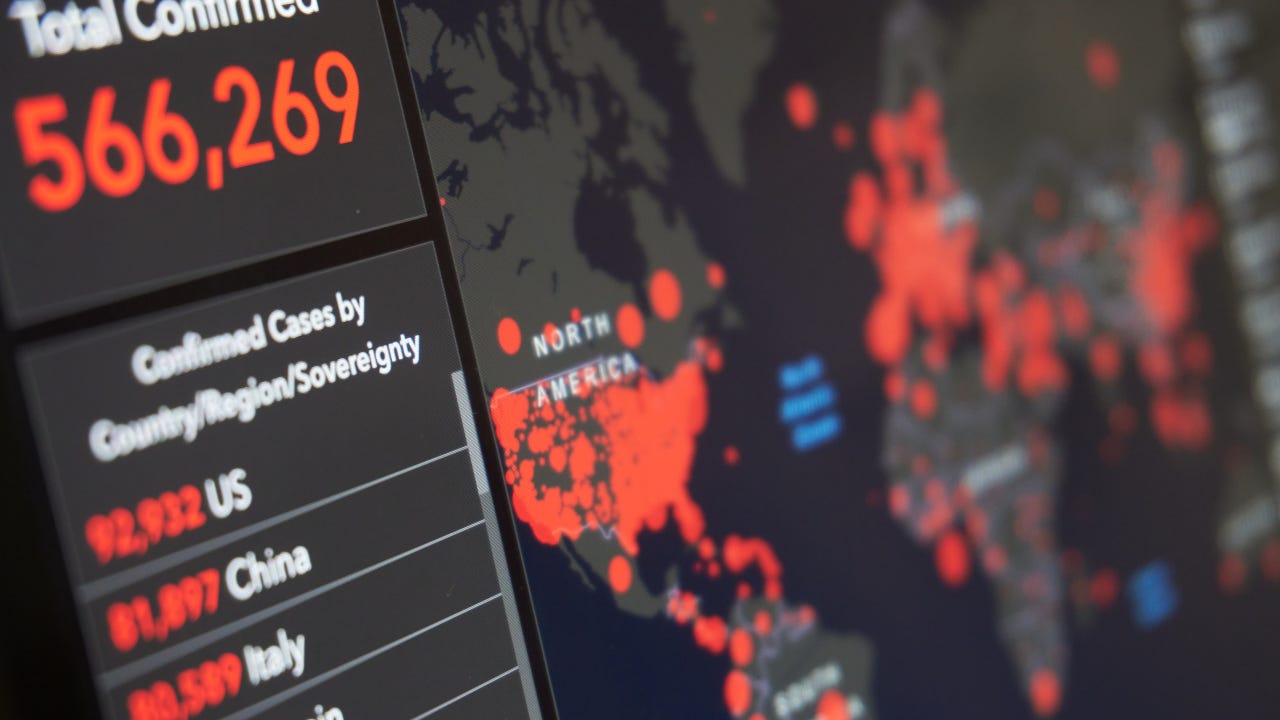Preparing for crises as a B2B healthcare organisation
Everything you need to know about navigating through risks and threats in a patient-centric network.
July 2, 2025

When most people think of healthcare crises, they picture rows of banked ambulances, chaotic emergency rooms, or equipment failure. Devastated patients always loom large in their imagined dramas.
Yet beneath the veneer of direct patient care, an often invisible yet vital network is prone to risks and threats: the B2B healthcare supply chain. This complex mosaic is where the more common vulnerabilities lurk. The interdependent ecosystem of B2B healthcare – from pharmaceutical manufacturers and device suppliers to logistics providers and IT infrastructure – is a house of cards. And if one card collapses, the knock-on effects can be very damaging.
Due to systemic interdependence, every healthcare organisation needs continuity and crisis plans to counter possible fallout from risks or threats. It would be poor form for any company to blithely insist its product or service alone couldn't cause damage — and fail to do any issues or crisis mitigation work. When any item is a critical cog in a larger wheel, there's scope for both liability and litigation should that item not be available — or perform — when most needed.
This is why it's so vital that healthcare enterprises develop, rehearse and learn the plans, processes, roles and responsibilities their staff need to effectively respond to and overcome risky circumstances and incidents. So how might a sector B2B organisation — a medicine marketer, equipment manufacturer or software provider, for example – go about getting risk and crisis ready?
The PPRR Model: A Blueprint for Crisis Preparation
A durable and usable framework for issues management is the PPRR model: Prevention, Preparedness, Response, and Recovery. Think of it as your strategic blueprint for survival; a cyclical ethos asserting that issues and risk management isn't a one-off event, but a continuous process that helps to mitigate crises.
Prevention is about spotting trouble before it starts. It’s the detective work of scanning your environment for possible threats; whether it’s a single point of failure in your own premises or supply chain, or a vulnerability within the wider industry. It might even be changes within your own leadership or organisational structures.
Preparedness is about making sure you’re ready for the worst by formulating plans, training teams with realistic threat scenarios, and building robust contingencies.
Response refers to the sound decisions and appropriate actions that will mitigate damage and protect stakeholder impact. It's particularly important that organisations do not respond selfishly or obsess on self-preservation when crises erupt.
Recovery mode is when executives and entities can reflect on how to rebuild with even more resilience than before. What were the key learnings? What were the chinks in the armour? What fixes can be effected to improve people and processes?
The Crisis Diagnostic: Identifying Weak Spots
An organisation-wide crisis diagnostic (aka, a crisis audit) benchmarks your plans and your people against established practice standards. Bringing in external experts can provide an independent and dispassionate appraisal of flaws or shortcomings that you may have become blind to.
Some simulation providers now offer templated questionnaires that allow companies to checklist their capabilities and instantly compare them against the mandated practices for modern crisis response.
Crisis Simulations: Learning by Doing
A good plan isn't that good if it's not known, tried, or tested. Obviously, you don't want to wait for a real disaster to emerge to metaphorically hold your plans and people to the fire, but a realistic crisis simulation can recreate the pressures to be faced when a crisis incident occurs.
How would your team react? Could decisions be made quickly? Could your communication messages be crafted quickly? Crisis simulators can replicate the real-time, decision-making and content creation challenges that will occur. And when employees learn by doing – with digital learning tools – the key crisis learnings are better retained for real situations.
Audit, Educate, Simulate
The healthcare sector is no stranger to crises; often attending and attenuating the consequences of crisis events. But because its B2B backbone is now so interconnected and vital to community health and welfare, your organisation cannot leave crisis management to chance. The time to get crisis-ready isn't next quarter or next year – it's right now.
Because when the next crisis hits, and it will hit, the cost of unpreparedness will be financial, reputational and, for some businesses, even terminal. Audit, educate, simulate and get ready. The community, your stakeholders, and peers expect and demand it.


